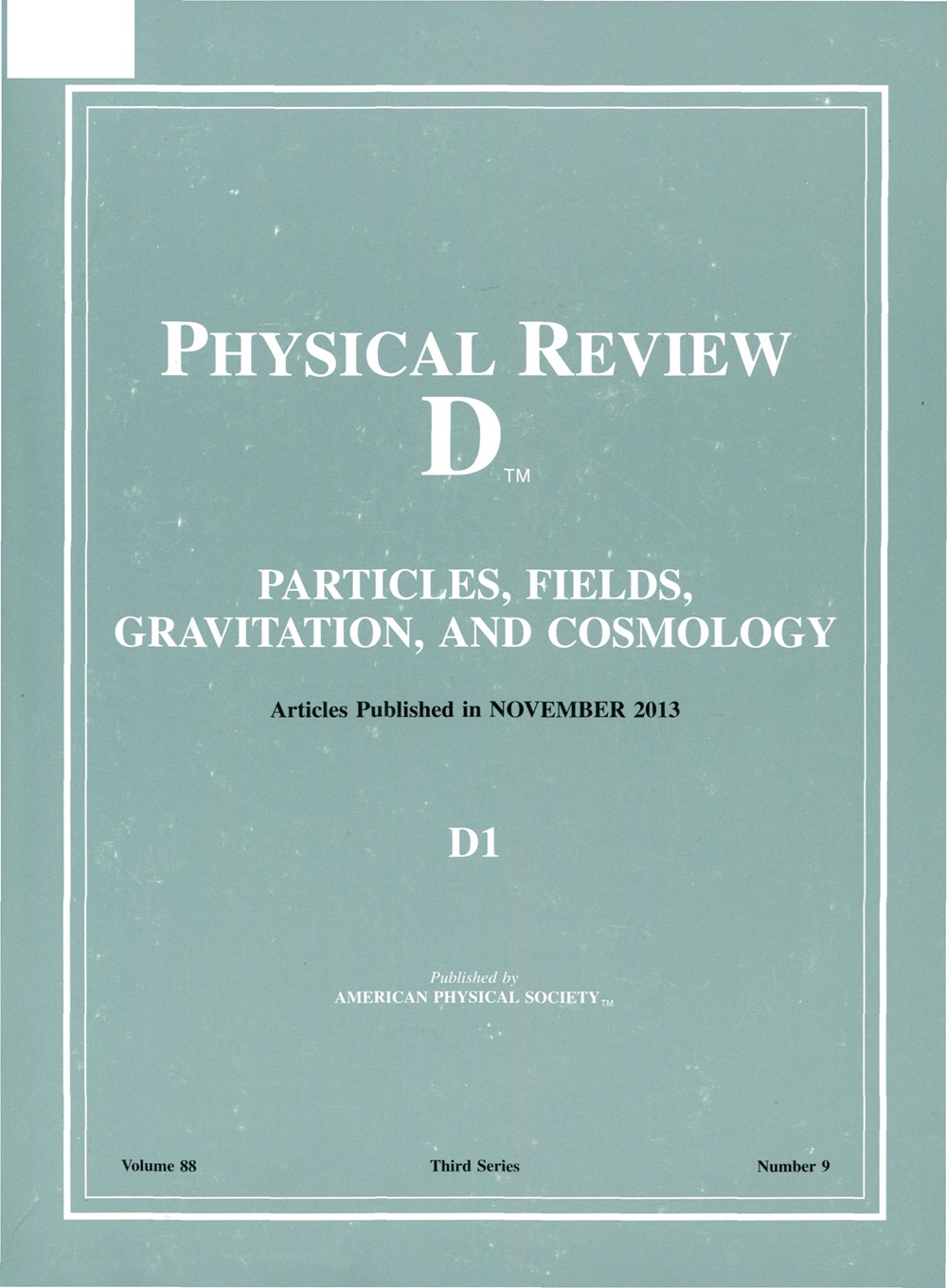光子背景下高能宇宙射线原子核捕获的对产生
IF 5.3
2区 物理与天体物理
Q1 Physics and Astronomy
引用次数: 0
摘要
我们研究高能宇宙射线核在光子场中的电离状态,如星系外传播中的宇宙微波背景和天体物理源中加速点周围的环境。我们的研究重点是电子俘获对的产生过程(PPC),即单光子与原子核相互作用产生一个 e± 对(类似于贝特-海特勒过程),随后电子被原子核俘获。这一过程有效地将原子核电荷减少了一个单位,并抵消了光离子化过程。我们的研究表明,在宇宙学传播过程中,超高能量宇宙射线主要与宇宙微波背景发生相互作用,在所有实际情况下,电离作用都比光电离作用占优势。然而,在源环境中和足够高的能量下,电离和多粒子粒子过程可能会达到平衡,从而导致相当一部分重核的着色。这就进一步限制了在高温和高密度光子场环境中将高Z 核加速到非常高的能量。 美国物理学会出版 2025本文章由计算机程序翻译,如有差异,请以英文原文为准。
Pair production with capture by energetic cosmic ray nuclei in a photon background
We investigate the ionization state of very energetic cosmic ray nuclei in photon fields, such as the cosmic microwave background in extragalactic propagation and the environment surrounding the acceleration site in astrophysical sources. We focus on the process of pair production with electron capture (PPC), where the interaction of a single photon with a nucleus produces an e± pair (similar to Bethe-Heitler process) with the subsequent capture of electron by the nucleus. This process effectively reduces the nucleus charge by one unit and counteracts the photoionization process. We show that during cosmological propagation, where the ultrahigh energy cosmic rays interact predominantly with the cosmic microwave background, ionization dominates over PPC for all the cases of practical interest. However, within the source environment and at sufficiently high energies, ionization and PPC processes can reach an equilibrium, leading to a significant fraction of dressed heavy nuclei. This provides a further limitation to the acceleration of high-Z Published by the American Physical Society 2025
求助全文
通过发布文献求助,成功后即可免费获取论文全文。
去求助
来源期刊

Physical Review D
物理-天文与天体物理
CiteScore
9.20
自引率
36.00%
发文量
0
审稿时长
2 months
期刊介绍:
Physical Review D (PRD) is a leading journal in elementary particle physics, field theory, gravitation, and cosmology and is one of the top-cited journals in high-energy physics.
PRD covers experimental and theoretical results in all aspects of particle physics, field theory, gravitation and cosmology, including:
Particle physics experiments,
Electroweak interactions,
Strong interactions,
Lattice field theories, lattice QCD,
Beyond the standard model physics,
Phenomenological aspects of field theory, general methods,
Gravity, cosmology, cosmic rays,
Astrophysics and astroparticle physics,
General relativity,
Formal aspects of field theory, field theory in curved space,
String theory, quantum gravity, gauge/gravity duality.
 求助内容:
求助内容: 应助结果提醒方式:
应助结果提醒方式:


